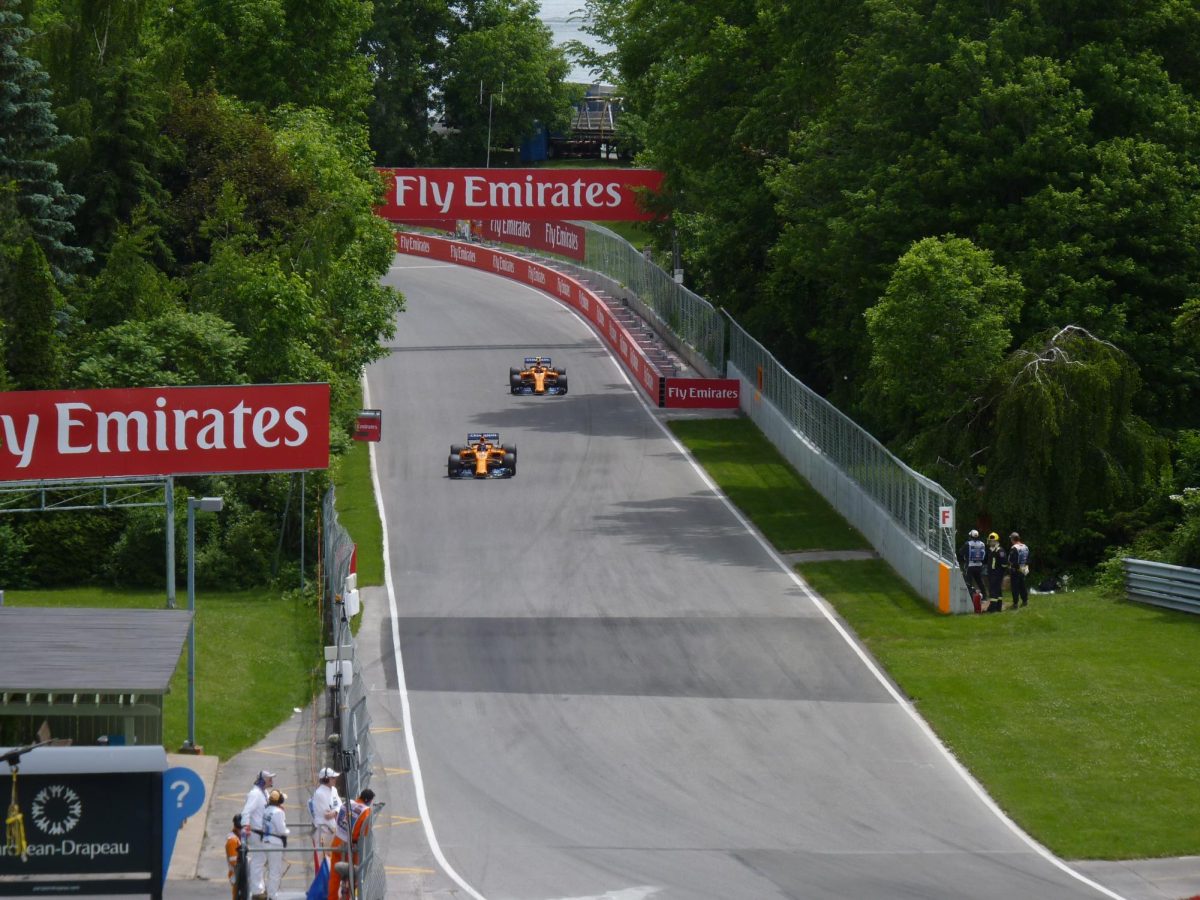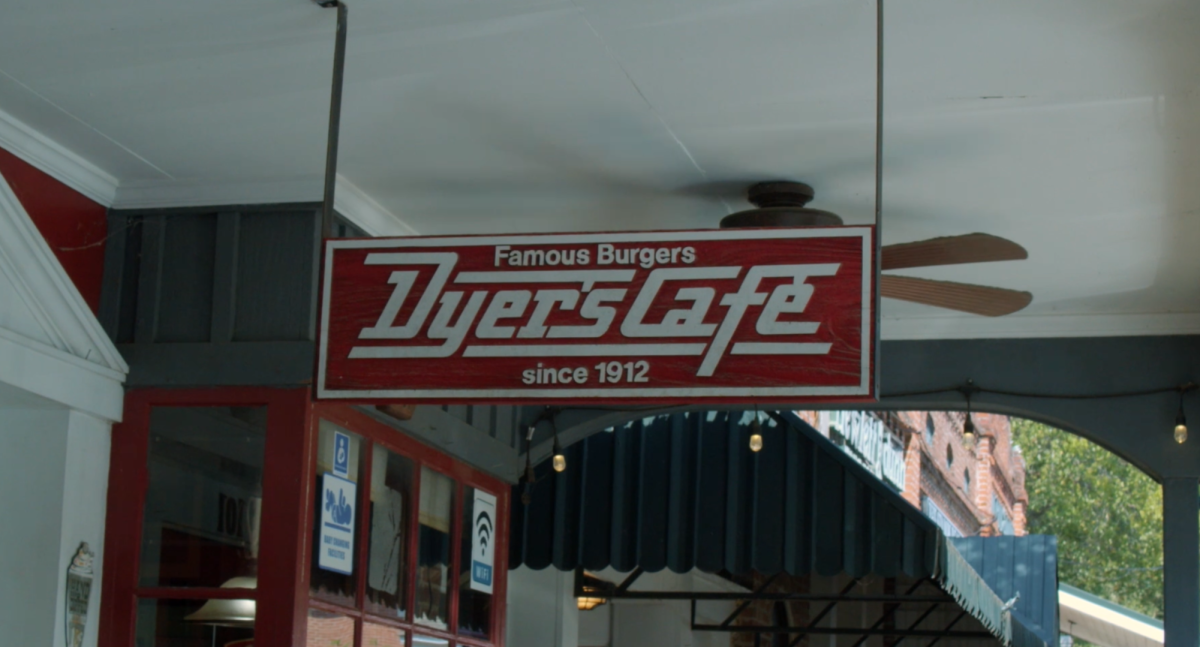Formula 1 as it is known today has changed greatly from the first forms of Grand Prix Racing that emerged in the early 1900’s. The current governing body of Formula 1 wasn’t created until 1950 and since then almost everything about Formula 1 has changed: the cars, the race tracks, the rules, the weekend schedules, and the number of races per year.
Formula 1 today consists of multiple Grand Prix weekends over the course of the year, making up the Formula 1 World Championship. The title “Grand Prix” refers to an organized racing event which takes place over multiple days on a closed circuit. The first ever Grand Prix was held in June of 1906 in Le Mans, France. This race was organized by the Automobile Club of France and ran over the course of two days. After this race, Grand Prix’s were held in different countries around the world like Italy, Belgium, Spain, and the United States. At this point there was no organized championship, just a variety of races with a variety rules.
In 1924, an organization called the AIACR (Association Internationale des Automobile Clubs Reconnus) emerged and began regulating Grand Prix racing across the world, mainly with rules about engine sizes and the weight of cars. However, this era was short lived. Any regulations set in place were abandoned in 1928, creating the era known as “Formula Libre” (Formula Free), where races ran with virtually zero regulations.
The first official World Championship was in 1925 and consisted of only 4 races across the globe. This championship was only a manufacturers championship, where the manufacturer who accumulated the most points over the 4 races was pronounced the winner. Today, both a manufacturer and a driver are pronounced winner at the end of the season. In the 1940’s the AIACR was reorganized and renamed the FIA (Fédération Internationale de l’Automobile), which is the organization that currently governs Formula 1. Talks of an official Drivers’ Championship emerged, however, “It took until 1950 for the details to be hammered out” (ESPN, “About Formula 1”). In May of 1950, the first world championship was held in Silverstone, England. About 20 races were held this year, but only 7 of them counted toward Giuseppe Farina’s win of the inaugural Formula 1 World Championship.
Formula 1 took decades to become successful: a lack of entrants, funds, and sponsors hindered the expansion of the series. Through the help of Bernie Ecclestone, a former racing driver and entrepreneur, Formula 1 became a billion-dollar business during the 1970’s. Since then, Formula 1 has gone through highs and lows with popularity, but dominates the sporting world today.







